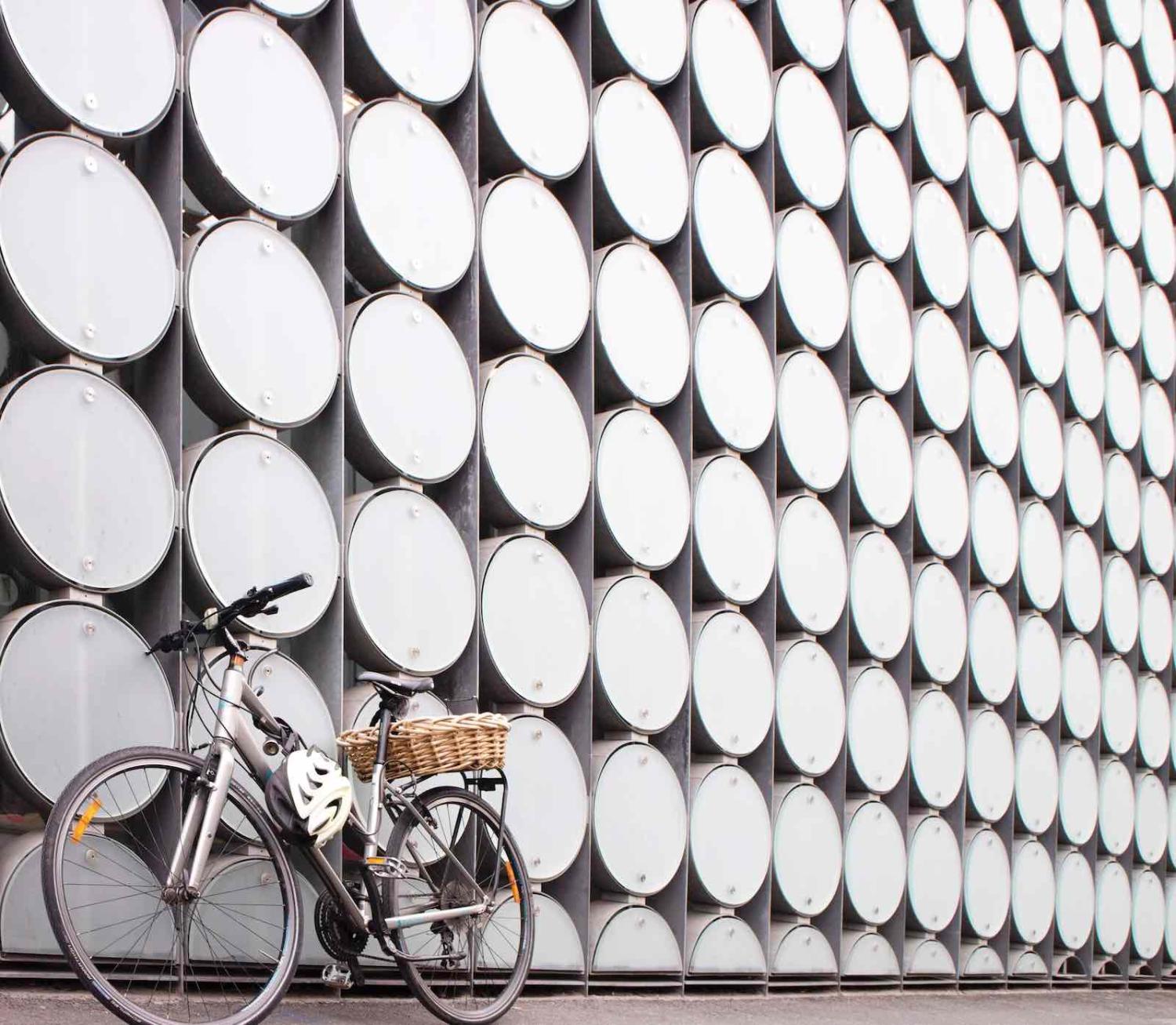The recently announced $270 billion commitment to expand Australia’s military capability sets the tone for a deteriorating strategic environment. The 2020 Defence Strategic Update and Force Structure Plan are only part of the answer in aligning Australia’s response to this challenging future. It is essential Australia responds to the panoply of emerging traditional and non-traditional security threats with all of the machinery of government, not just the hard edges.
Some of this response must obviously be achieved with diplomacy. It is no surprise there have been growing calls for the government to wind back recent funding cuts to the Department of Foreign Affairs and Trade. However, Australia must also adapt to the rate of technological change characterising the US-China rivalry. Australia will need a high-skilled, technologically literate and critically engaged workforce. Without this workforce, it will be difficult to engage intelligently with US-China rivalry over global technological dominance. This means Australia needs to prioritise education and research – not just at home, but with partners across the Indo-Pacific region.
International education is an essential tool of regional soft power that Australia has wielded for decades, engendering good will and deep regional connections. It would be a failure of long-term thinking to let this capability lapse. If Australia does not support the university sector through the Covid-19 economic downturn, this capability will be greatly reduced when the international student market returns. Instead of tomorrow’s regional leaders being seeded with alumni from Australian universities, those leaders could increasingly spend the formative years of their careers in China’s universities, a scenario that potentially makes it more difficult for Australia to shape its strategic environment. The recently announced changes to visa requirements for international students are a good first response, but more will be needed to transition the university sector to the new normal. Australian universities have supplemented public funds for research with international student fees for many years, this has been of overall benefit to Australia. The loss of this supplemented funding will hurt Australian research capacity for years to come if it is not replaced by new public or private sources.
Future technologists and policy makers need to both understand the code base of artificial intelligence algorithms just as much as they understand the historical basis for Thucydides’s Trap.
This is critical for subjects in science, technology, engineering and mathematics (STEM), but also in the humanities. In a world of “grey zone” conflict, democratic elections have become battlegrounds of social media microtargeting by foreign actors seeking to influence the outcome. This tactic deploys increasingly sophisticated tools that combine machine learning, illegally harvested data and neuro-psychological research. The aim is to optimise the targeting and influence of swinging voters to a foreign actor's advantage.
A robust cyber-warfare capability will partly offset this threat, but a population with training across the humanities, arts and social sciences (HASS) will be essential. Critically aware populations offer a distributed advantage against information operations. A population trained to spot fake news and interrogate the source of questionable information will assist in the suppression of sophisticated information and influence operations. A critically aware population will reinforce Australian democracy at a time when it is under strain from outside forces.
Recent changes to funding for the university sector are likely to create a structural decrease in domestic enrolments for HASS degrees. This comes at a time when HASS subjects should be more pervasive across all Australian degrees, not less. Interdisciplinary education is a necessity for navigating a more complex and technologically advanced tomorrow. Future technologists and policymakers need to understand the code base of artificial intelligence algorithms just as much as they understand the historical basis for Thucydides’s Trap. That means weaving HASS and STEM together.
There is a misalignment between the challenging strategic horizon written into the 2020 Defence Update and the current level of government support for education and research. This is going to create structural issues for Australia’s resilience and regional influence across the long term. If it makes sense for Australia to respond to a more assertive China and a less responsive US by increasing defence expenditure, then it also makes sense to increase investment in Australia’s education and research. Supporting the university sector to reactivate international student mobility in a safe and secure manner will minimise the long-term damage to Australia’s research capacity. This will ultimately reduce the public expenditure necessary for shoring up strategic areas of research as the regional environment deteriorates. Australia has a national interest in maintaining technological parity with the US and China in many strategic technologies, such as artificial intelligence, quantum computing and engineering biology. This means ensuring the long-term sustainability of funding at both the basic and applied areas of the research spectrum.
A defence-only response to Australia’s deteriorating strategic environment will inevitably weaken the country’s ability to shape that environment. The hard-edged step up needs to be accompanied by a corresponding increase in funding for diplomacy, education and research – ideally in smart formulations that benefit all areas simultaneously. The 2020 Defence Strategic Update is an important start, but whole-of-government responses are urgently needed to arrest the deterioration in Australia’s strategic environment.

